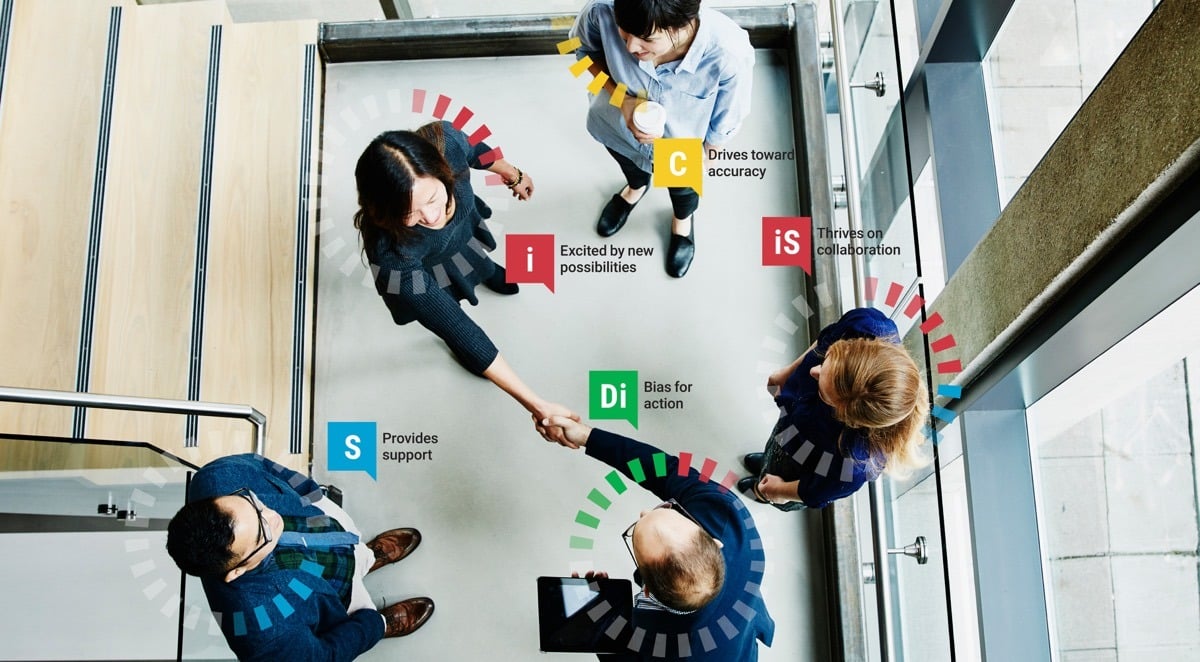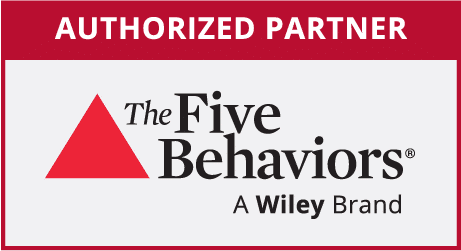
The Do’s & Don’ts of Using DiSC®
Unlock the full potential of DiSC® — and avoid common pitfalls — with these clear, actionable guidelines.
DiSC® isn’t just a diagnostic tool; it’s a catalyst for genuine insight, improved relationships, and meaningful behavior change. That said, clarity and context are essential. When misused, such as pigeonholing people or using it as an excuse, it can backfire, reinforcing stereotypes rather than fostering growth.
Let’s walk through the best and worst ways to apply DiSC® insights.
DiSC Don’ts — What to Avoid
-
Using DiSC® as an excuse for behavior
-
Avoid letting style become a scapegoat. Statements like “I’m an i-style—I’m just enthusiastic” or “He’s a D-style, don’t expect listening skills” limit growth and accountability.
-
-
Pigeonholing people by style
-
Don’t say things like “i-styles can’t be serious” or “C-styles are too detailed.” Every person is more complex than a label; DiSC® reveals preferences—not destiny.
-
-
Assuming DiSC® is a static identity
-
DiSC® profiles aren’t fixed. Your style provides insight, but people can and do stretch beyond their natural tendencies.
-
Pro Tip: Remember that only 20% of people are pure styles – those with only one leading style. 80% have at least two leading styles. People are not so black and white!
DiSC Do’s — What to Do Instead
-
Use DiSC® as a behavioral framework
-
DiSC® helps organize how we see ourselves and others. It’s a snapshot of patterns—not a box. Use it to anticipate reactions—and adapt accordingly.
-
-
Spark authentic conversations
-
DiSC® is a starting point for meaningful dialogue—not the end point. Use it to ask “What’s your style?” and “How can we work better together?”
-
-
Create a shared language
-
Introduce DiSC® terminology to make interpersonal dynamics more transparent. This shared vocabulary encourages empathy, alignment, and practical collaboration.
-
Beyond Labels: Making DiSC® Stick
-
Embed DiSC® into culture
Encourage ongoing dialogue and reference styles in meetings, reviews, and everyday conversations to reinforce understanding. -
Encourage stretching behaviors
Let workplace challenges become opportunities to practice new styles. A high-D person might focus more on listening; a high-S person might assert an opinion confidently. -
Build emotional intelligence
Use DiSC® as a bridge to understanding—not a justification for behavior. The real value comes when individuals adapt to communicate more effectively.
Why This Matters for Your Organization
When used well, DiSC® becomes a shared tool for self-awareness, respect, mutual adaptation, and performance. It propels teams beyond “knowing our own style” to living DiSC®-informed behaviors—that’s where real, lasting growth happens.
You might also be interested in







